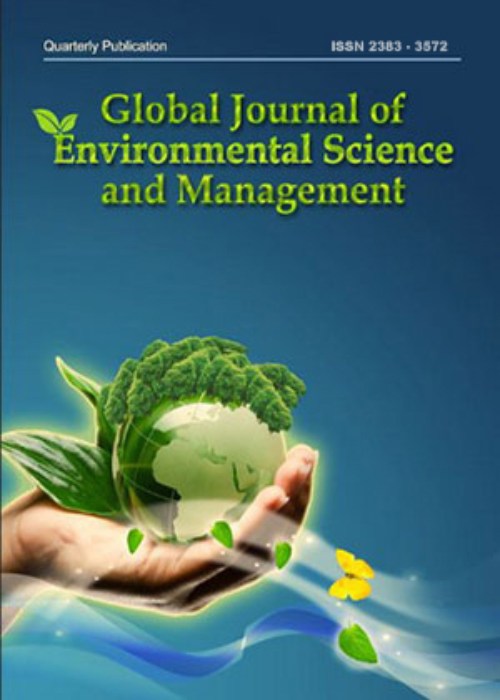Torrefaction of bamboo pellets using a fixed counterflow multibaffle reactor for renewable energy applications
W. Hidayat * , B.A. Wijaya , B. Saputra , I.T. Rani , S. Kim , S. Lee , J. Yoo , B.B. Park , L. Suryanegara , M.A.R. Lubis
The decreasing availability of fossil fuels requires the adoption of renewable energy sources that facilitate the mitigation of greenhouse gas emissions. Meeting Indonesia’s goal of achieving a 23 percent mixed energy composition by 2025 through co-firing demands a substantial increase in the availability of renewable energy sources. Bamboo is a valuable biomass resource because of its fast growth rate and potential for energy production. Innovative processes like torrefaction are necessary to improve the quality of biomass due to its challenging low density and hydrophilic properties. The objective of this study is to evaluate the characteristics of torrefied bamboo pellets made from Gigantochloa pseudoarundinacea by using a fixed counter-flow multi-baffle reactor. This study aims to investigate the properties and viability of torrefied G. pseudoarundinacea pellets for solid fuel applications to fill existing knowledge gaps about this technology’s potential.
A fixed counter-flow multi-baffle reactor was used to torrefy G. pseudoarundinacea bamboo pellets. The baffles in the reactor column held the pellets, while hot gas flowed through them. Torrefaction was conducted at 280 degrees Celsius with a 3–5 minutes resident time, and the gas flow rate was 4.25 cubic meters per minute. Torrefied pellets at the column bottom were counted as the first cycle. Three cycles of torrefaction were used, and each cycle was evaluated. The second and third cycles used torrefied pellets from the first and second cycles. The physical, chemical, and bioenergetic properties of the pellets before and after torrefaction were evaluated.
The bamboo pellets’ physical, chemical, and thermal properties changed significantly after torrefaction. Torrefaction at 285 degrees Celsius produced 78.5 percent of the production yield, according to thermogravimetric and derivative thermogravimetric analyses. Lightness, red/green, and yellow/blue chromaticity decreased, indicating darker, better solid fuel pellets. Torrefaction in the third cycle reduced moisture content by 99.8 percent. The lower moisture content reduced fungal growth, and improvinged biomass transport and storage. Torrefaction also raised the bamboo pellets’ calorific value and physical and mechanical properties. The highest calorific value of 21.62 megajoules per kilogram was obtained after the third cycle of torrefaction, and it was 16.6 percent higher than that of raw pellets. Torrefaction improved pellet grindability and combustion by decreasing density and compressive strength. Torrefaction increased ash, volatile matter, and fixed carbon. The ultimate analysis showed increased carbon and reduced nitrogen, hydrogen, and oxygen, improving solid fuel quality, energy density, and combustion emissions. According to a Fourier-transform infrared analysis, torrefaction caused extractive and hemicellulose degradation and lignin increase. The chemical analysis showed that temperature and residence time degraded hemicellulose and increased lignin in the torrefied pellets.
The torrefaction process using a fixed counter-flow multi-baffle reactor demonstrated the enhanced properties of G. pseudoarundinacea bamboo pellets for their application as solid fuel. The study’s findings contribute to the comprehension of torrefaction and the enhancement of conditions for producing superior biomass products. These findings have implications for exploring the potential applications of torrefaction in diverse industries and energy sectors.
- حق عضویت دریافتی صرف حمایت از نشریات عضو و نگهداری، تکمیل و توسعه مگیران میشود.
- پرداخت حق اشتراک و دانلود مقالات اجازه بازنشر آن در سایر رسانههای چاپی و دیجیتال را به کاربر نمیدهد.


